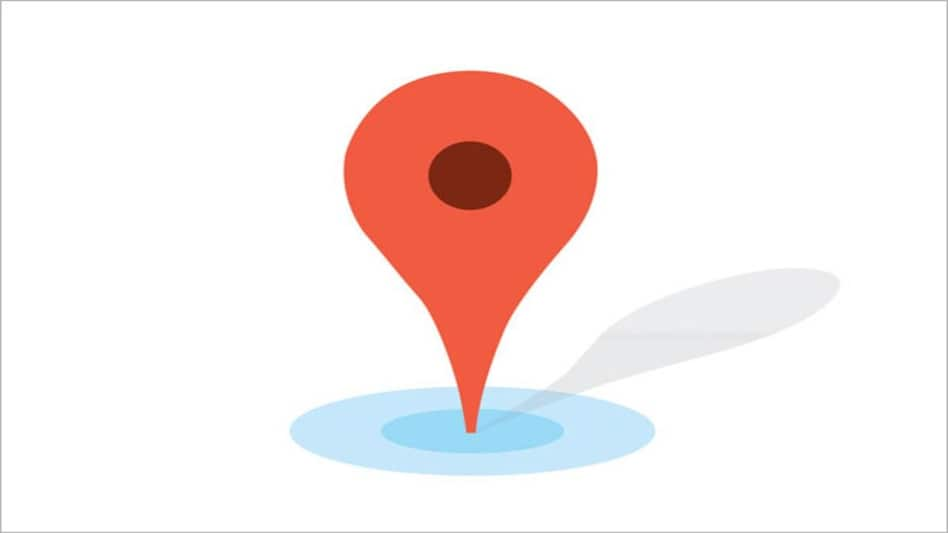 Data platform HERE launches Indoor Map as a service
Data platform HERE launches Indoor Map as a service  Data platform HERE launches Indoor Map as a service
Data platform HERE launches Indoor Map as a service As businesses are increasingly turning to location technologies to power wayfinding, indoor asset tracking and space usage optimisation, HERE, the leading location data and technology platform, today announced the launch of its Indoor Map as a service: a one-stop shop for indoor mapping solutions. According to the National Human Activity Pattern Survey, an estimated 90 per cent of people's time is spent indoors. As only a small fraction of buildings have been mapped to date, HERE aims to change that with its Indoor Map as a service.
“With Indoor Map as a service, we have launched a one-stop shop for indoor mapping that includes indoor map data, routing and positioning, all available through the HERE SDK, and seamlessly connected with our base map. With this easy-to-use solution, we look forward to enabling wayfinding, indoor asset tracking and space usage optimization use cases,” said Victor van Dinten, Head of Indoor Parking & Charging at HERE Technologies.
According to the company, an enterprise-grade indoor map can be generated by HERE within days. Building information can be submitted to HERE in a variety of data formats, including PDF, CAD and 3D lidar point clouds. Once HERE Indoor Maps are produced, they can be updated by HERE or by building owners directly, via an online self-serve content management tool. The maps can be utilized within the HERE SDK (Software Development Kit), for integration with HERE Routing, enabling end-to-end wayfinding solutions that bridge the outdoor and indoor environments.
HERE has also partnered with Navenio to power HERE Indoor Positioning. By using sensor-fusion algorithms, Navenio positioning works where GPS does not, drawing upon sensors in smartphones and any existing Bluetooth Low Energy/WiFi infrastructure.
In addition, the company says that customers can request 3D indoor maps of their buildings in high definition for “digital twin” models, which will be powered by NavVis for HERE Indoor Positioning. The NavVis mobile mapping system uses Lidar (Laser Imaging, Detection, and Ranging) to generate high-definition point cloud data and capture 360-degree panoramic images. This enables asset inspection, measurements and tagging of individual objects inside any building with millimeter precision. The Lidar point clouds can also enable visual based localization services and AR experiences that do not require the installation of dedicated infrastructure – such as Bluetooth beacons, WiFi or QR codes.
Also Read: JBL's latest Pulse 5, PartyBox Encore, BoomBox 3 speakers come with integrated light shows
Also Read: BSNL extends free 4G SIM offer until March 2022, will allow users to port in with same number
For Unparalleled coverage of India's Businesses and Economy – Subscribe to Business Today Magazine
Copyright©2025 Living Media India Limited. For reprint rights: Syndications Today